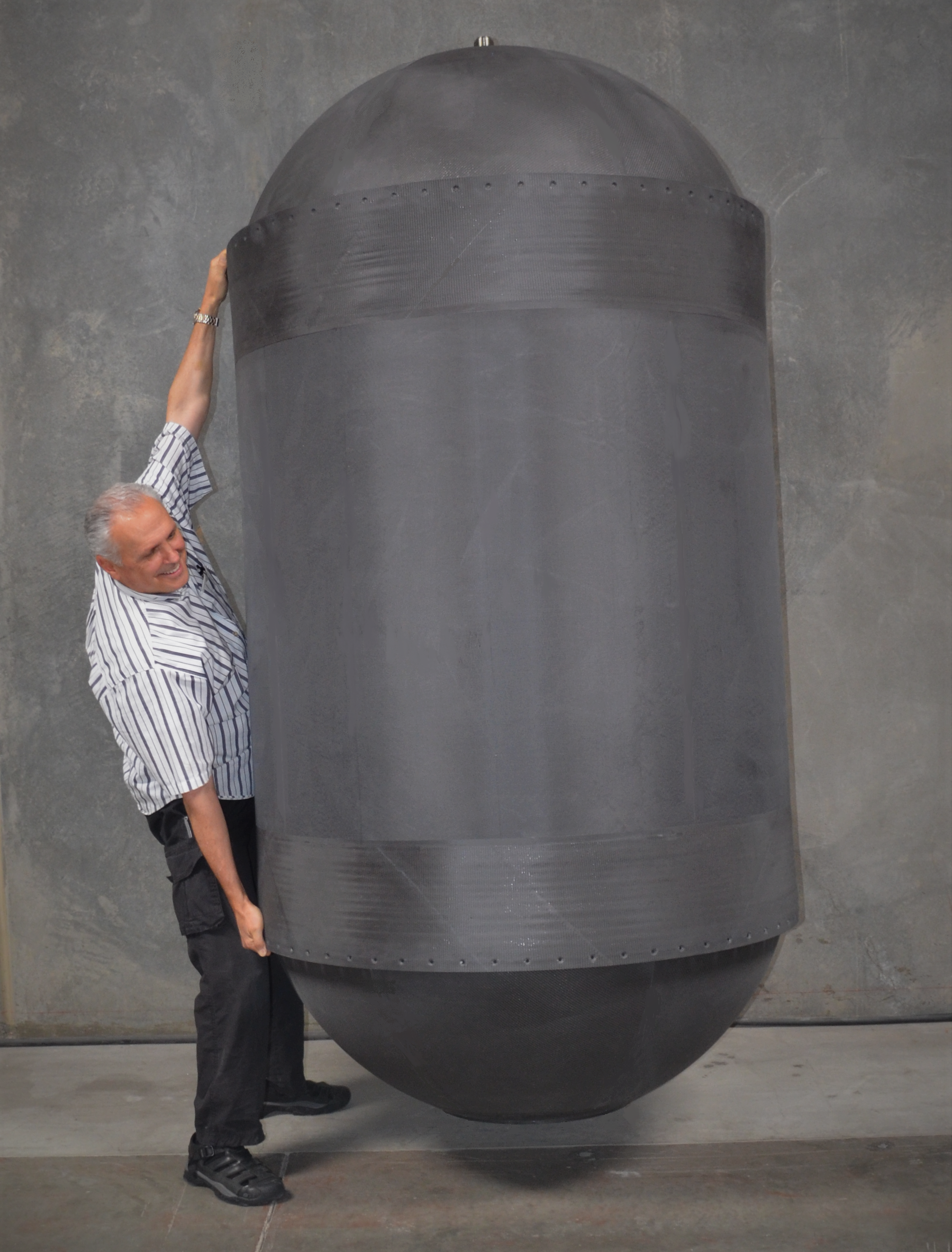Gloyer-Taylor Labs Hits Milestone Hydrogen Flow with Blended Hybrid Laminate
The composite tubing can reduce the chill-down time, hydrogen boil-off, and the dry mass of cryogenic fluid transfer lines.
Gloyer-Taylor Laboratories (GTL) published breakthrough results on its composite technology for cryogenic tubes, pipes, and transfer lines: the Blended Hybrid Laminate (BHL). In recent tests, GTL demonstrated pipe feasibility by reaching 20 degrees Kelvin and beginning liquid hydrogen flow in under two seconds.
Phase II testing verified BHL tube scalability and the capability to create tubes with varying diameters and lengths, as well as tube bends to accommodate flexure. During Phase II, GTL fabricated flight-capable BHL tubing at main liquid oxygen and liquid methane propellant lines for the Disruptor suborbital rocket. Applicable to most cryogenic systems, BHL is therefore suitable for launch platforms: Lunar, cislunar, Mars, and satellites.
“We are thrilled with our team’s efforts to test and validate our BHL technology and its demonstrated ability to outperform conventional metal transfer lines for both mass and boil-off characteristics,” said Paul Gloyer, President of GTL. “We first had strong results with our tank technology and now we have tubes that demonstrate fast fill and refill capabilities. The ultralight-weight BHL technology being used/validated in this effort marks another key milestone in our efforts to advance hydrogen-powered innovation and vehicles.”
BHL cryogenic tank; Image Credits: GTL

In NASA’s experience, transferring liquid hydrogen (LH2) from delivery or storage tanks to another tank loses 50-70% of hydrogen to boil-off. Discovered during a NASA Small Business Innovation Research (SBIR) program, GTL’s composite tubing can reduce the chill-down time, hydrogen boil-off, and dry mass of cryogenic fluid transfer lines. The program tested a series of lightweight BHL composite tubes and equivalent metal tubing.
BHL technology was initially developed for cryo-tank applications, but now serves transfer lines, tubes, and pipes, offering ten times lower thermal mass than metal tubing. With BHL, an aircraft could fill LH2 tanks in minutes compared to hours and cut back on hydrogen boil-off, reducing fuel costs and increasing operational safety.
Additional SBIR Programs
Last week, the U.S. Navy granted Hyliion an SBIR government contract: Award Phase 1, N241-060, enables Hyliion to create a preliminary, MW-scale modular generator system design. The design incorporates Navy specifications with Hyliion’s KARNO generator technology. The KARNO generator can operate on multiple fuels, including NATO F-76, and features hermetically sealed architecture with a single moving part per shaft.
The system will be scalable to various power needs and adaptable to available platform space, meeting the U.S. government’s USV cross-platform requirements. Hyliion will combine multiple 200-kW KARNO gensets to achieve specified power output.
In July 2024, AFWERX granted Concepts NREC an SBIR Direct-to-Phase II contract valued at $1,244,301. The company will develop an integrated cooling and secondary flow design system to address challenges within the Department of the Air Force.
To support U.S. National Security goals, Concepts NREC will introduce methods for the design, layout, and analysis of turbomachinery secondary flows under the guidance of aero-engine OEMs. Critical secondary flow systems will be designed and optimized to a maturity level similar to available primary flow paths. Concepts NREC will use its CAE turbomachinery design software as the basis for development and full integration. The end-product will be applicable to all turbomachinery classes and industries—both defense and non-defense.